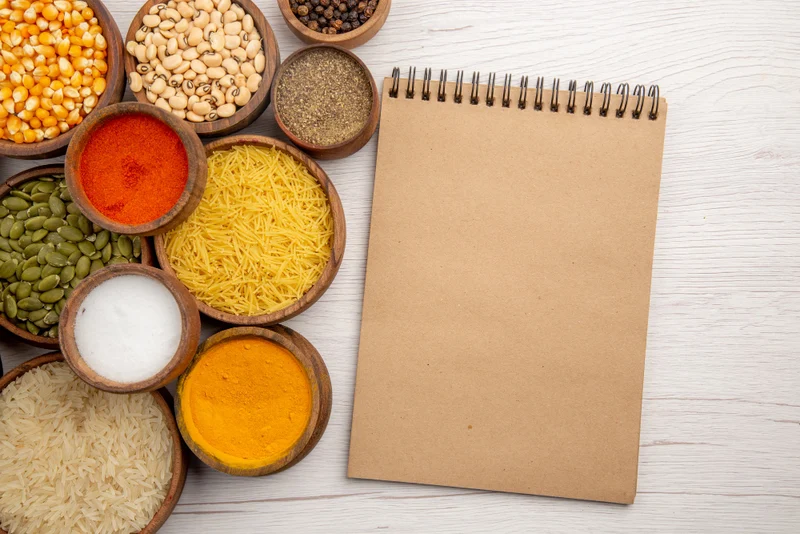- Published on: Nov 03, 2021
- 3 minute read
- By: Second Medic Expert
What Should My Cholesterol Level Be At My Age?
What should my cholesterol level be at my age?
For healthy people (especially under the age of 20), the optimal cholesterol level is total cholesterol of less than 200mg/dL, LDL cholesterol of less than 130mg/dL. Anything over that should be approached cautiously and you may want to work with a healthcare professional to determine the best course of action. Based on your health condition, lifestyle habits, family history, and more, they may recommend supplementing your diet with specific high-quality plant sterols which - after some time - can decrease LDL particles in the blood gradually through lowering blood triglyceride levels. This might not be necessary for everyone but it never hurts to listen to expert advice.
A person's cholesterol level should be measured after fasting, or after not eating for 12-14 hours. If you are male, your total blood cholesterol should be below 200 milligrams per deciliter, while females can have a high of 220 milligrams per deciliter. Some people have to modify their diet to lower their levels.
Half of the population will need less than or equal to 200 mg/dL, while the other half will need more than 200 mg/dL. Having said that - it is best if these numbers are as close together as possible; higher HDLs and LDLs would mean better heart health conditions overall (and lower cardiovascular risk).
Your total cholesterol should not exceed 200.
This number is the sum of your HDL, LDL, and VLDL. The AHA Recommendations state that LDL levels below 160 are recommended for people with CAD (coronary artery disease) or who have one risk factor for heart attack or stroke. If you do not have CAD or risk factors for heart attack or stroke, LDL levels below 130 are recommended to maintain healthy coronary arteries. If you have a high level of HDL then a slightly higher range may be appropriate depending on what kind of diet and lifestyle choices you make. So start by looking at your total cholesterol – which can be found through a regular blood test – and work from there to meet the optimal goals set out
Lipids are used by the body to store energy. Cholesterol is needed for certain cells in the body, including neurons, and it's used to make certain hormones like estrogen and testosterone. Low levels of cholesterol can be dangerous because they can result in mood swings, abdominal cramps (due to inadequate digestive function), breathing difficulties (due to insufficient cell membrane fluidity) or muscle or joint pain (if they are not maintained). For most people, there's no issue with cholesterol levels around 240mg/dL.
The value of cholesterol is measured in the bloodstream by looking at the ratio between "low-density lipoprotein" (LDL) and "high-density lipoproteins" (HDL). The ideal level is to have high ratios or an HDL that is two times as high as LDL. A number like 170/120 would represent an excellent ratio for someone your age.
Lower levels can lead to elevated triglycerides, which are unhealthy fats found in blood, liver, heart muscle cells, and adipose tissue; small bumps on red blood cells; fatty scars inside coronary artery walls; arteriosclerosis; decreased regulation of blood sugar control in diabetes patients - all mechanisms that increase the risk for strokes. Your cholesterol level should be higher the older you get. Your children have a more diverse pool of cholesterol, so their levels won't necessarily be as high as yours will. To keep our cells thriving and healthy, we need a certain amount of this neutral lipid molecule in order to maintain a stable membrane around each cell that separates the inside from the outside. In some ways, an appropriate balance is necessary because too much cholesterol can clog your arteries or cause health problems for those with familial hypercholesterolemia.
Generally, a good cholesterol level is 150mg/dL or lower. And this number becomes even more important when it's been consistently that way for many years. If there are any changes over the years, let your physician know so they can investigate any unanticipated health problems.
A low cholesterol level can protect against heart diseases by decreasing the oxidation of LDL cholesterol particles and preventing them from sticking to artery walls. Plus, HDL or high-density lipoprotein increases with decreases in dietary fat, so limiting the fat intake will also lead to decreased oxidized LDLs and unclogging arteries due to less fatty plaque build up on the lining of blood vessels. Bottom line: eat right and exercise!
Appropriate cholesterol levels vary quite widely, making the blanket “200 is healthy” sound like more of a guideline than anything. It can go up to 600 mg/dL (nanomoles per liter), but usually only if there are other health issues present. There are complications to hypercholesterolemia or excessively high cholesterol, but it's difficult for an individual to know at what point they've crossed the threshold without consulting their doctor for more details about their specific health situation.
There's no easy answer to this question. It depends on your diet, weight, and genetics. For most people, the cholesterol levels rise about 20-30?tween the ages of 20 and 65. After that time period, they usually start decreasing slowly until they reach 200-300mg/dL at about 85-90 years old (depending on various factors). Sometimes higher than optimal HDL cholesterol may be associated with more longevity.
More Information: Cholesterol is found in two forms - high-density lipoprotein (HDL) or low-density lipoprotein (LDL), which are both types of "good" cholesterol; there is also referred to as "bad" cholesterol because LDL can cause plaque buildup in arteries.
Our Services
Request A Callback
Recent Posts
Hidden Sodium in Indian Foods – Why It Matters
Jun 13,2025
Lack of Sleep and Its Effect on Immunity
Jun 10,2025










